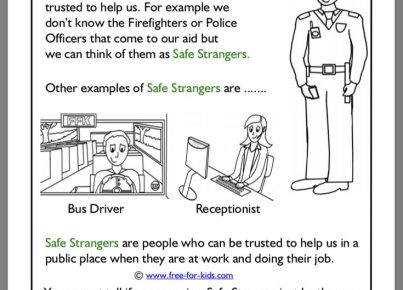Introduction
The teaching profession is often held in high regard for its dedication and influence on shaping young minds. However, in many countries, teachers’ wages have not kept up with the growing cost of living or inflation rates, leading to financial struggles and difficulties meeting basic needs. This article delves into the troubling reality of how close many teachers are to receiving poverty benefits.
The Financial State of Teachers
Over the past few years, teacher salaries have been a focal point of discussion and debate. Despite their crucial role in society, teachers find themselves burdened by insufficient pay, affecting their ability to lead comfortable lives. In some cases, educators are tragically relying on government assistance or second jobs just to make ends meet.
Factors Contributing to Teachers’ Economic Struggles
Several factors contribute to the financial hardship experienced by teachers:
1. Stagnant Salaries: Many teachers’ wages have not increased proportionately with the rising cost of living, causing them to struggle with affording basic necessities like housing, food, and healthcare.
2. High Student Loan Debt: The high cost of tertiary education has led many aspiring educators into massive student loan debt. This burden further exacerbates their financial challenges as they struggle to repay loans while receiving inadequate salaries.
3. Underfunded Education Systems: Budget cuts and lack of funding for public schools make it difficult for teachers
to obtain resources necessary for their classrooms. As a result, many resort to purchasing teaching materials out of their pockets, further straining their limited income.
Teachers and Poverty Benefits
Poverty benefits are government aids provided to individuals struggling financially that allow them access to basic necessities such as food, housing assistance, and healthcare services. As teacher salaries continue declining relative to inflation rates, there is an alarming trend toward near-qualifying status for these benefits.
Various reports show that an increasing number of educators find themselves sandwiched between the poverty line and slightly higher income brackets. In the United States, for example, the National Center for Education Statistics reports that about 8% of public-school teachers live in families with incomes below 150% of the federal poverty threshold.
It is disheartening to imagine that those responsible for nurturing future generations could be close to depending on poverty benefits to meet their basic needs.
Conclusion
The financial struggles faced by teachers today are deeply concerning. As educators deal with stagnant salaries, higher personal expenses, and heavy student loan debt, they inch closer to the threshold requiring poverty benefits. It is our collective responsibility as a society to support our teachers and encourage investment in their economic stability. Adequate wages must become a priority so that these individuals can continue their critical work without worrying about the next paycheck or sacrificing their well-being.




